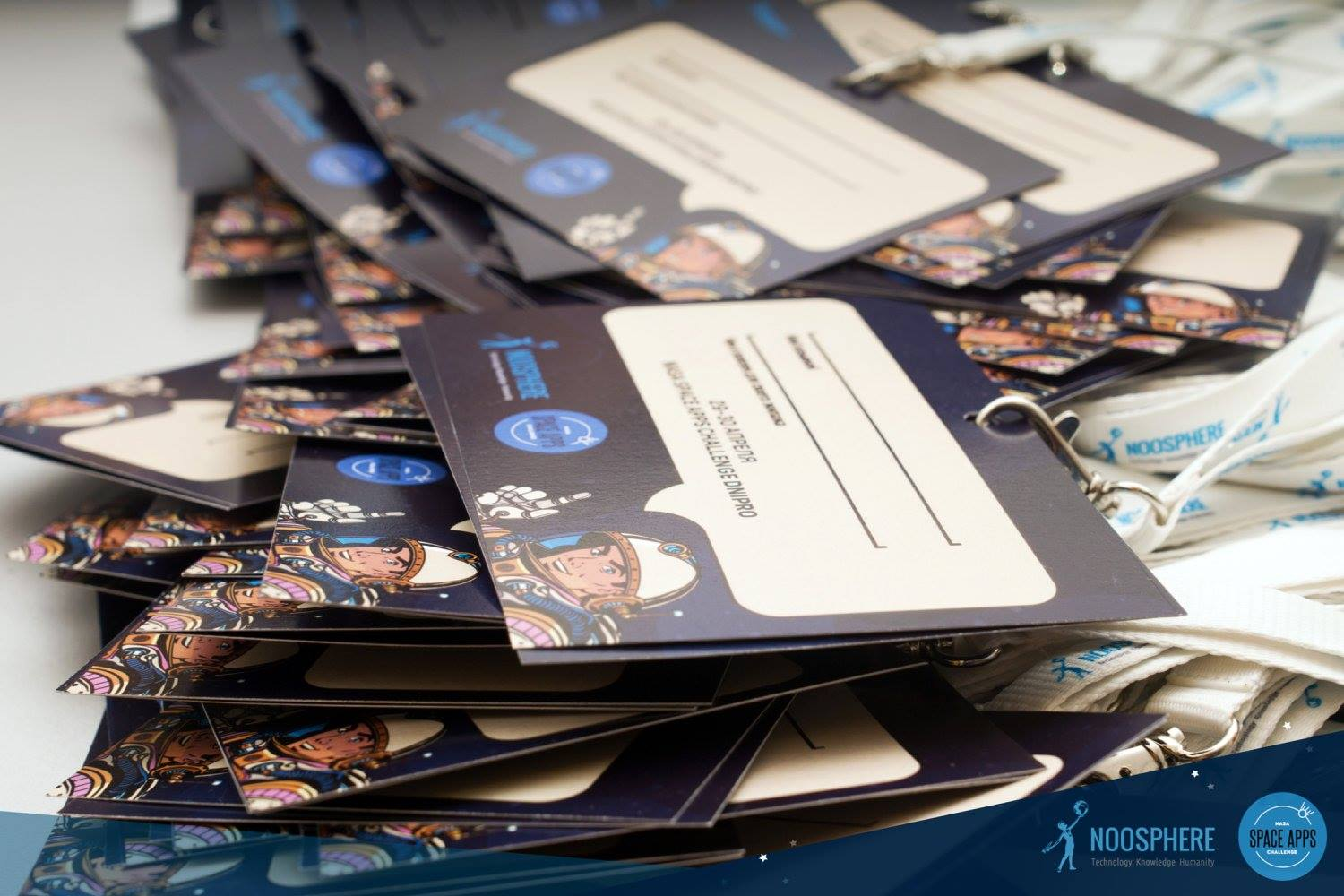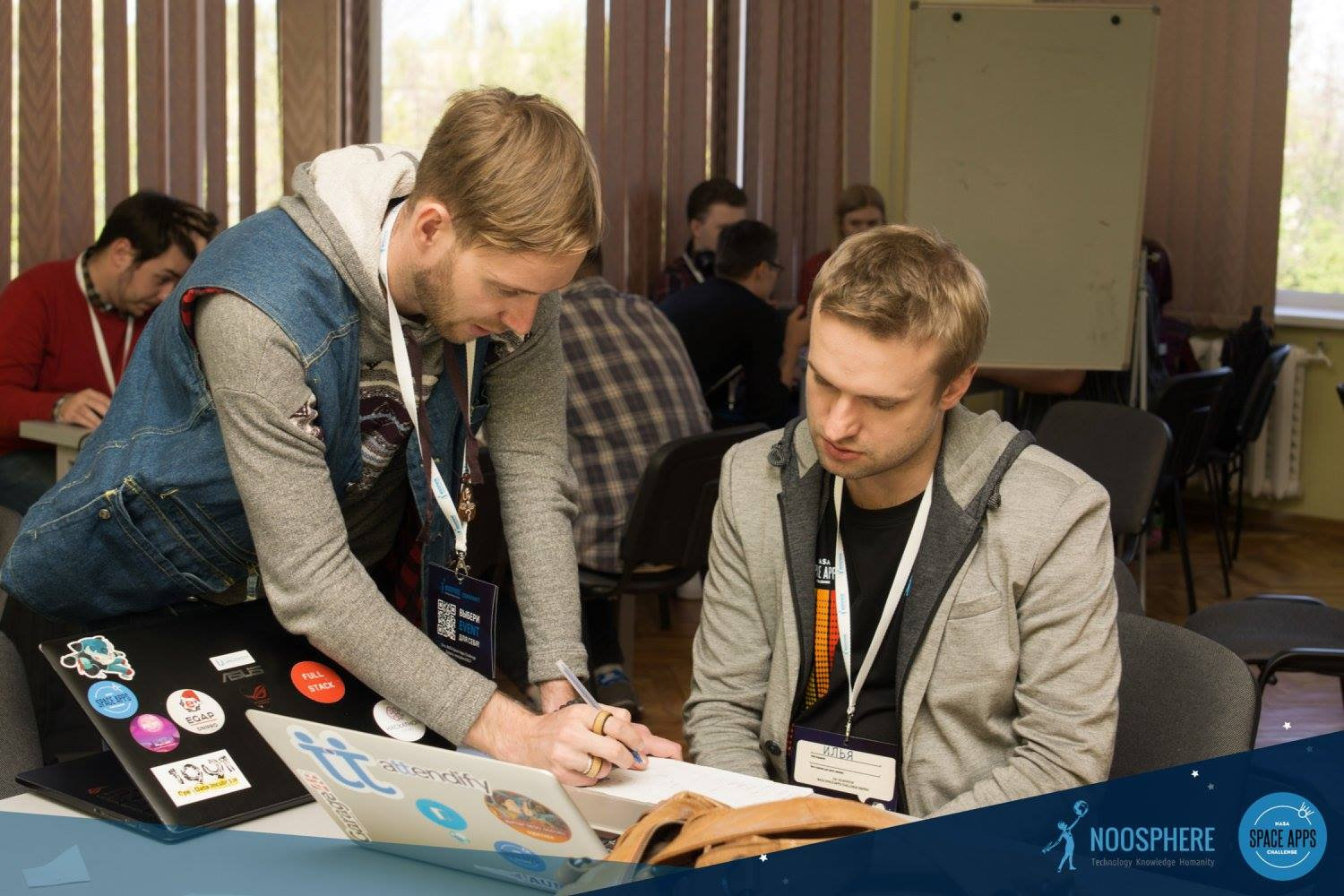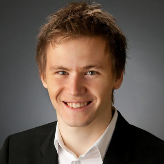
Image Credit: Nasa Space App Challenge Dnipro via FB
If the height of human endeavor lies in exploring the space, then we are drawing closer to that through the instrumentality of the NASA Space Apps Challenge. The technologies that were showcased in the competition of 2017 are capable of not only taking us to the stars, but can also get the stars closer to us.
In the hackathon named NASA’s Space Apps Challenge, young developers and space enthusiasts were given the task of finding solutions to problems being handled by experts. This codefest has been a gathering of best brains that collaborate to discover enduring solutions to mankind’s problems.
More than 15,000 technologists, architects, manufacturers, newsmen, designers, scientists and programmers slugged it out in this year’s edition. Issues of managing natural disasters, chronic inroads by invasive species, excessive use of energy, and hunger in the world were tackled. Space Apps global involvement is growing rapidly and many more countries join the challenge network every year. For instance, this year the hackathon was hosted in Ukraine thanks to Max Polyakov, managing partner at Noosphere Ventures.
The volume of data collected and disseminated by NASA is too much for it to handle. This is what Data Analytics solutions in earth observation and imagery analytics by EOS is meant for. According to Max Polyakov, one major issue that the 2017 event addressed was how to get this data to more people. This is what EOS Inc. of Noosphere Ventures and the National Aeronautics and Space Administration are championing.
That fact can only be established with numbers, and data is the core of science is not lost on them. However, when an overly huge chunk of data is available, it could lead to some doubt about the facts that are coming out from it. This is mitigated when people are made to get hold of this data in its original form and disperse it to the world.

Image Credit: Nasa Space App Challenge Dnipro via noosphereglobal.com
To buttress the significance of these stories, the NASA Space Apps Challenge went into a collaborative pact with the Director of Storytelling & Engagement at SecondMuse, Davar Ardalan. Disseminating information about the benefits that local communities are enjoying from the app and how it has connected people to space more practically became her responsibility. She cannot accomplish this without some resources, and they include:
A Launch Simulator developed by the DREAM SPACE SIMULATOR team merged a VR headset’s visual stimulus with a rotating chair's physical sensations. Rumble packs were used to get the chair to vibrate during takeoff, while sounds were incorporated from real life launches to realize this cheap design.
A special VR control glove was also designed and manufactured by the group to give this an original feel. This glove was designed to work with the virtual objects when in use. Original data and telemetry from NASA were used for this experiment in the bid to ensure that the users are getting a similar feeling to what an astronaut experiences, even without a sick sack.
The Spacego team comprises of University of Moratuwa, Sri Lanka students. Working with multiple orbiting satellite’s telemetry and data, they induced the feeling one can get when one travels the entire earth at thousands of kilometers an hour on the space vehicles. The images that could be seen by scientists on the satellite are also available users of this induced reality when they move the camera view around. They also have the chance to visualize images that are available to the R2-D2, even though humans cannot survive on these vehicles.
The last group is named Spacer, and they came from the first ever hackathon to be held in the city of Dnipro, Ukraine, supported by Noosphere Venture manager, Max Polyakov. He doubles as CEO of EOS Data Analytics that also works in the space industry and supported the Space Apps. The project Diversity by this third group took things to the next level. The team not only focused on stimulating brains to think that they were in space, they developed a practical workspace where developers and engineers could do their work as if they were on a spaceship.
3d printers, augmented reality and balloon environments were used by scientists to explore and experiment their ideas. This gets testers to feel what being an astronaut is like as they are placed in the position of astronauts.
NASA is very happy about the advancements in technology achieved. But she is happier that these innovations will say a lot to the people. For them, the technologies move further from the story of man to that of the entire planet. Carl Sagan said that mankind is the voice of the earth, so she should preserve not only herself, but also the earth that brought and nurtured all of us.

